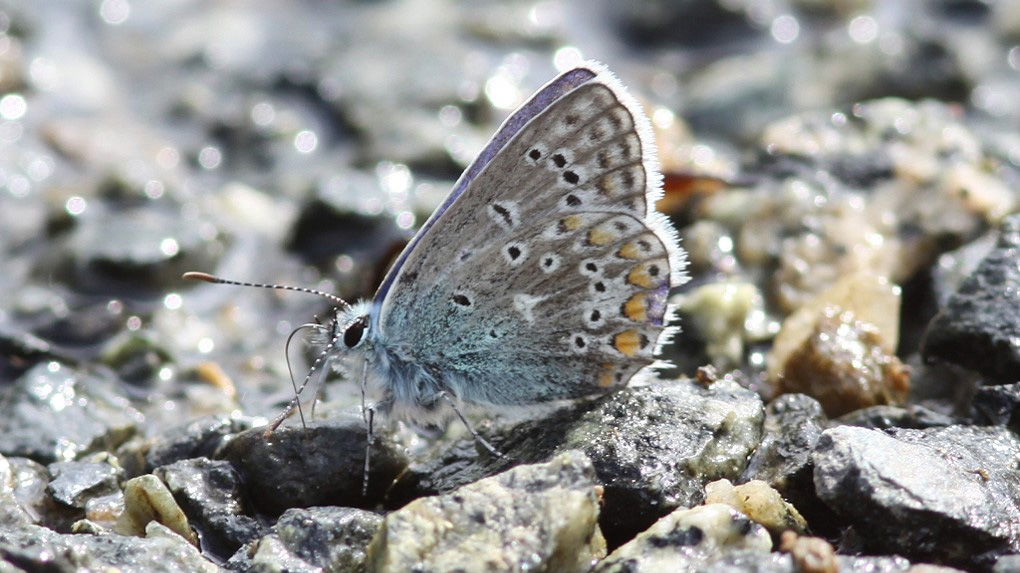
Improving the knowledge of the Swedish species
Approximately 60,000 species are recorded from Sweden. Our knowledge of them varies widely, being very poor in the case of several organism groups.
Filling these information gaps is essential to the assessment of the extinction risk of individual species, and to call attention to the need of conservation measures. SLU Swedish Species Information Centre works in the long-term with accumulation, compilation and dissemination of information about Swedish species, focusing on the following questions:
Distribution
We operate Sweden’s largest and most comprehensive digital species observation system. The Swedish Species Observation System enables you both to record your own observations and to search for species distribution data.
Ecology
We accumulate data on the biology of species, e.g. their habitat and food/substrate. In our web service Artfakta, many ecological parameters are stored and made searchable (in Swedish). At present the information covers primarily the red-listed species, but ecological data is continually being supplemented for one organism group at a time.
Species identification
We describe the appearance of individual species and develop tools for web-based species identification, linked to our tools for finding species information and recording observations. Our aim is to enable identification in several different ways, e.g. through both traditional identification keys and photo galleries. In the Encyclopedia of the Swedish Flora and Fauna several organism groups have been presented down to the species level. These books include well-illustrated identification keys.
Taxonomy
In Dyntaxa, our database for taxonomy and nomenclature, you can find the Swedish and scientific names of individual species (including synonyms), and data on how they are related to other species.
The Swedish Red List
The Swedish Red List is produced by the SLU Swedish Species Information Centre. The evaluations are made in collaboration with more than 100 experts, subdivided into 14 committees treating different organism groups.
The Red List is a critical indicator of the health of the world’s biodiversity. Far more than a list of species and their status, it is a powerful tool to inform and catalyse action for biodiversity conservation and policy change, critical to protecting the natural resources we need to survive. It provides information about range, population size, habitat and ecology, use and/or trade, threats, and conservation actions that will help inform necessary conservation decisions.
The Red List is used by government agencies, wildlife departments, conservation-related non-governmental organisations (NGOs), natural resource planners, educational organisations, students, and the business community.